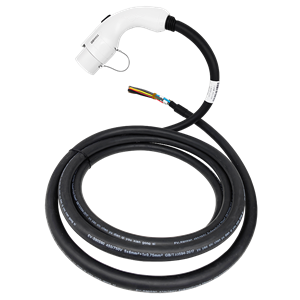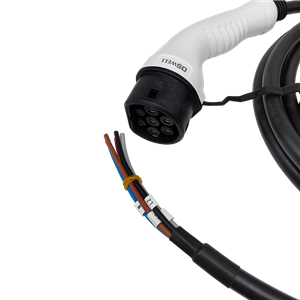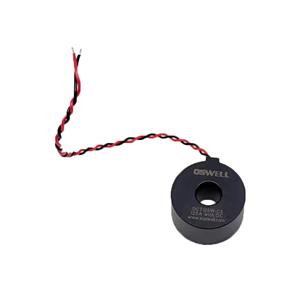A Comparative Analysis of the Efficiency of Iron Core Inductors and Other Types of Inductors
Inductors are essential components in electrical circuits, storing energy in the form of a magnetic field. Different types of inductors are used in various applications, each with its own set of characteristics and efficiency. This article presents a comparative analysis of the efficiency of iron core inductors in relation to other types of inductors, highlighting their advantages and limitations.
1. Iron Core Inductors:
Iron core inductors are known for their high inductance and ability to handle large currents. The use of iron cores with high magnetic permeability allows for the creation of inductors with high energy storage capabilities. However, iron core inductors also exhibit higher core losses and are susceptible to saturation at high frequencies, which can limit their efficiency in certain applications.
2. Air Core Inductors:
Air core inductors, as the name suggests, do not use a magnetic core material. Instead, they rely on the magnetic field generated by the current-carrying conductor itself. This results in lower core losses and higher efficiency, especially at high frequencies. However, air core inductors typically have lower inductance values and are more sensitive to external magnetic fields, making them less suitable for high-power applications.
3. Ferrite Core Inductors:
Ferrite core inductors are widely used in high-frequency applications due to their low core losses and high permeability at high frequencies. Ferrite materials offer excellent magnetic properties, making them well-suited for applications such as RF circuits and power supplies. However, ferrite core inductors may exhibit limitations in terms of maximum current handling capability and tend to be larger in size compared to iron core inductors.
4. Comparison and Conclusion:
When comparing the efficiency of iron core inductors with other types of inductors, it is essential to consider the specific requirements of the application. Iron core inductors excel in high inductance and current-handling capabilities, making them suitable for power electronics and low-frequency applications. On the other hand, air core and ferrite core inductors offer higher efficiency at high frequencies and are often preferred in RF and telecommunications applications. The choice of inductor type ultimately depends on the specific performance requirements, frequency range, and size constraints of the application.
Conclusion:
In conclusion, the efficiency of iron core inductors must be evaluated in the context of the specific application and its operating conditions. While iron core inductors offer high inductance and current-handling capabilities, they may exhibit higher core losses and limitations at high frequencies. Other types of inductors, such as air core and ferrite core inductors, offer advantages in terms of efficiency at high frequencies and are more suitable for certain applications. Understanding the trade-offs between different inductor types is crucial in selecting the most efficient solution for a given application.
SEO Keywords: iron core inductors, efficiency, air core inductors, ferrite core inductors, inductor comparison.




